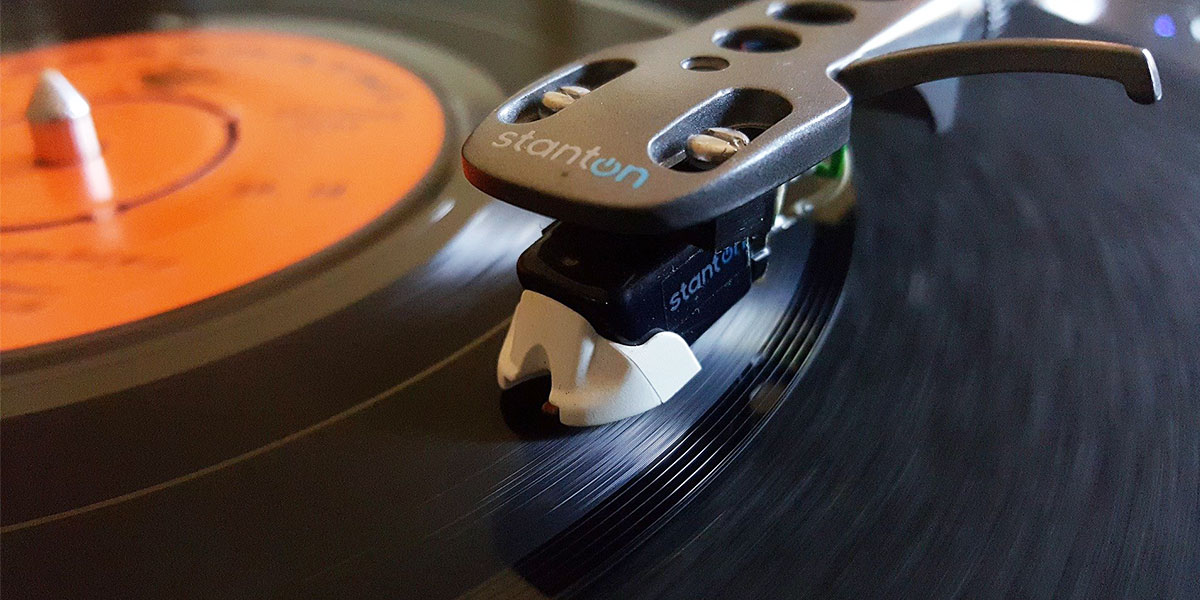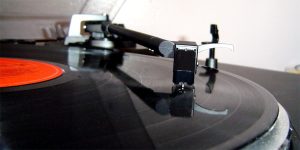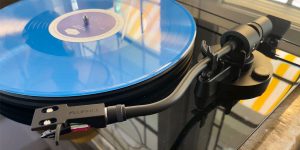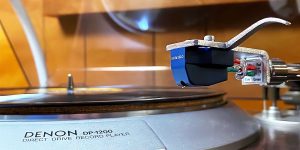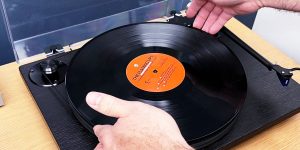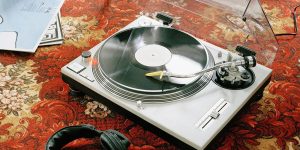Many newcomers to vinyl and audio equipment often ask, “Does playing scratched records damage the needle?” At a glance, the immediate answer is no. However, when the stylus slides across a marred surface, the wear on the needle amplifies, particularly if the record is severely scratched. Recognizing the potential impacts of vinyl conditions on playback equipment, especially the stylus, is not of the least importance. By understanding these nuances, you can ensure optimal sound quality and prolong the life of your cherished equipment.
The impact of a damaged record on the stylus
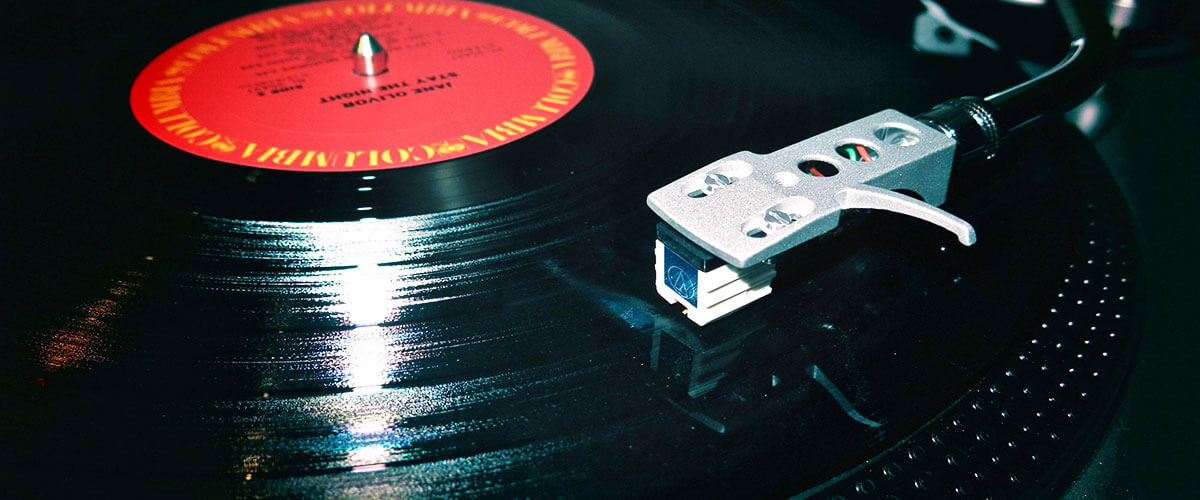
As you probably already know, vinyl records possess a delicate ecosystem where the record and the stylus must be in good condition to achieve optimal audio performance. When this balance is disrupted, especially by a damaged vinyl record, the consequences on the stylus can be significant. Next, I want to share with you the impacts.
Physical strain:
Scratches and debris on vinyl records can be problematic for the stylus. Think of the stylus navigating a record as a car on the road; while a smooth road ensures a comfortable drive, potholes can be jarring. Similarly, a stylus can jump off the track or experience excessive pressure when encountering scratches or debris. This abrupt movement not only interrupts your listening experience but can also exert undue stress on the stylus, potentially causing it to bend or even break.
Accelerated wear:
The grooves in vinyl are designed to guide the stylus smoothly, allowing it to pick up the intricate audio details stored therein. When these grooves are damaged, the stylus faces increased friction every time it passes over them. Imagine repeatedly rubbing a pencil eraser against rough paper; the eraser will wear down faster. Similarly, the increased friction caused by damaged grooves can speed up the degradation of the stylus, shortening its lifespan.
Impaired sound quality:
A damaged record doesn’t always lie flat on the turntable. When there’s an uneven surface, the stylus moves erratically. This erratic movement translates to unstable tracking, leading the needle to either misread or entirely miss some audio information. And what is the result? Distorted sound or annoying skips in the music playback. Over time, this inconsistent movement can not only compromise sound quality but also damage the stylus as it’s forced to adapt to the warped surface continuously.
To sum up, while the joy of vinyl is unparalleled, maintaining the “health” of your records is paramount. Damaged records don’t just mar the listening experience; they also put your stylus at risk. It’s necessary to handle all the components in your audio system carefully, clean records regularly, and ensure they are stored correctly. By doing so, you protect both your records and the stylus, ensuring many more hours of pure, unadulterated musical bliss.
Signs your stylus might need replacement
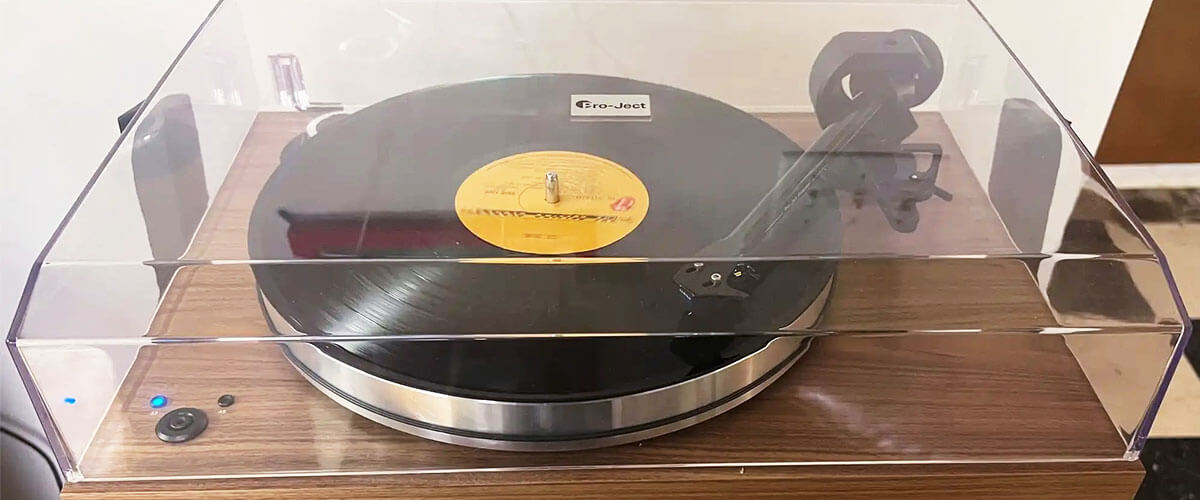
The stylus, while small, is important in dictating the sound quality of your vinyl playback. Over time, even the most premium stylus can wear down, particularly if it’s been tracing damaged records. Identifying early signs of wear can help prevent further damage to both the stylus and your cherished vinyl collection. In this section, I will share with you 2 key indicators suggesting it might be time for a replacement:
- Audible indicators.
Listening is the primary way to gauge the health of your stylus. If you notice muted high frequencies that were previously crisp, or if the finer details in the music seem to have vanished, it might be due to a worn stylus. Another tell-tale sign is an increased hissing or sibilance, especially in vocals and cymbal hits. These sound aberrations are often the result of the stylus misreading the vinyl grooves due to wear. - Visual clues.
A careful visual examination can reveal a lot about the condition of your stylus. With the help of a magnifying glass or a microscope, inspect the tip of the needle. If you observe blunting, bending, or any visible damage, it’s a clear indication that the stylus needs attention. A healthy stylus tip should appear sharp and symmetrical.
If you suspect or confirm that your stylus is damaged, it’s important to refrain from playing any more records with it. Continuing to use a damaged stylus not only compromises sound quality but also risks damaging your vinyl collection. Consider seeking advice from an audio equipment professional or the manufacturer. In most cases, a replacement is recommended. Remember, investing in a good-quality stylus and maintaining it is an investment in the longevity and quality of your vinyl experience.
Conclusion

Preserving the longevity of your stylus and the quality of sound from your vinyl records requires diligence and care. It’s vital to monitor the condition of your stylus, cleaning it regularly with brushes or cleaning solutions. Avoid playing records with visible damages, as this poses a direct threat to both your stylus and the record itself. Even for vinyl in seemingly good condition, it’s best to clean them before each playback using anti-static brushes or specialized cleaning solutions. Remember, even microscopic dust can influence both the stylus’s lifespan and the sound quality. By taking these precautions, you ensure the best auditory experience and prolong the life of your audio equipment.
FAQ
How often should I replace my stylus?
The lifespan of a stylus varies based on its quality, material, and usage frequency. On average, a standard stylus can last between 500 to 1,000 hours of playback. For avid vinyl listeners, this might translate to a replacement every 12 to 24 months. However, always be attentive to signs of wear or sound degradation as indicators to assess your stylus’s health.
Can a worn-out stylus damage my records?
Yes, a worn or damaged stylus can misread the grooves, causing unwanted friction. Over time, this can wear down the delicate grooves of your vinyl records, leading to compromised sound quality or even permanent damage.
Will playing a 45 RPM or a 78 RPM record wear out the stylus faster than a 33⅓ RPM?
The speed of the record itself isn’t the primary factor in stylus wear. Instead, the quality of the vinyl, the cleanliness of the record, and the condition of the stylus are more impactful. However, because 78 RPM records are often older and made of a different, more abrasive material (shellac), playing them can cause more wear on a stylus not specifically designed for them. Always ensure you’re using the appropriate stylus for different record types.

